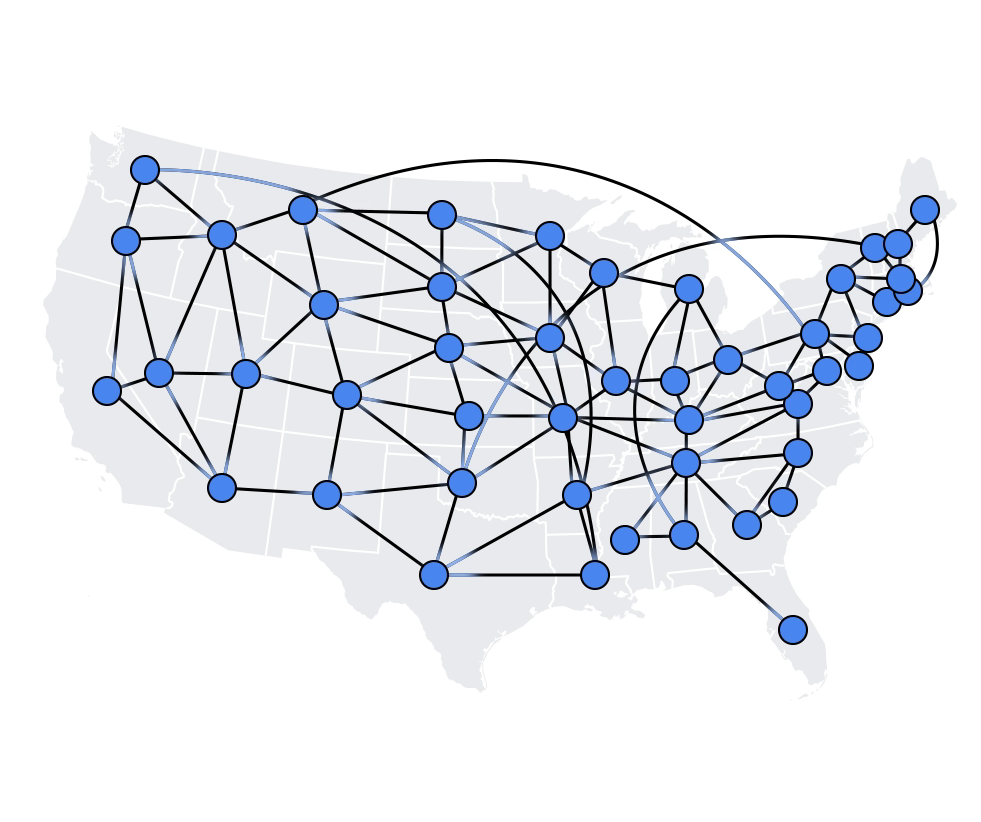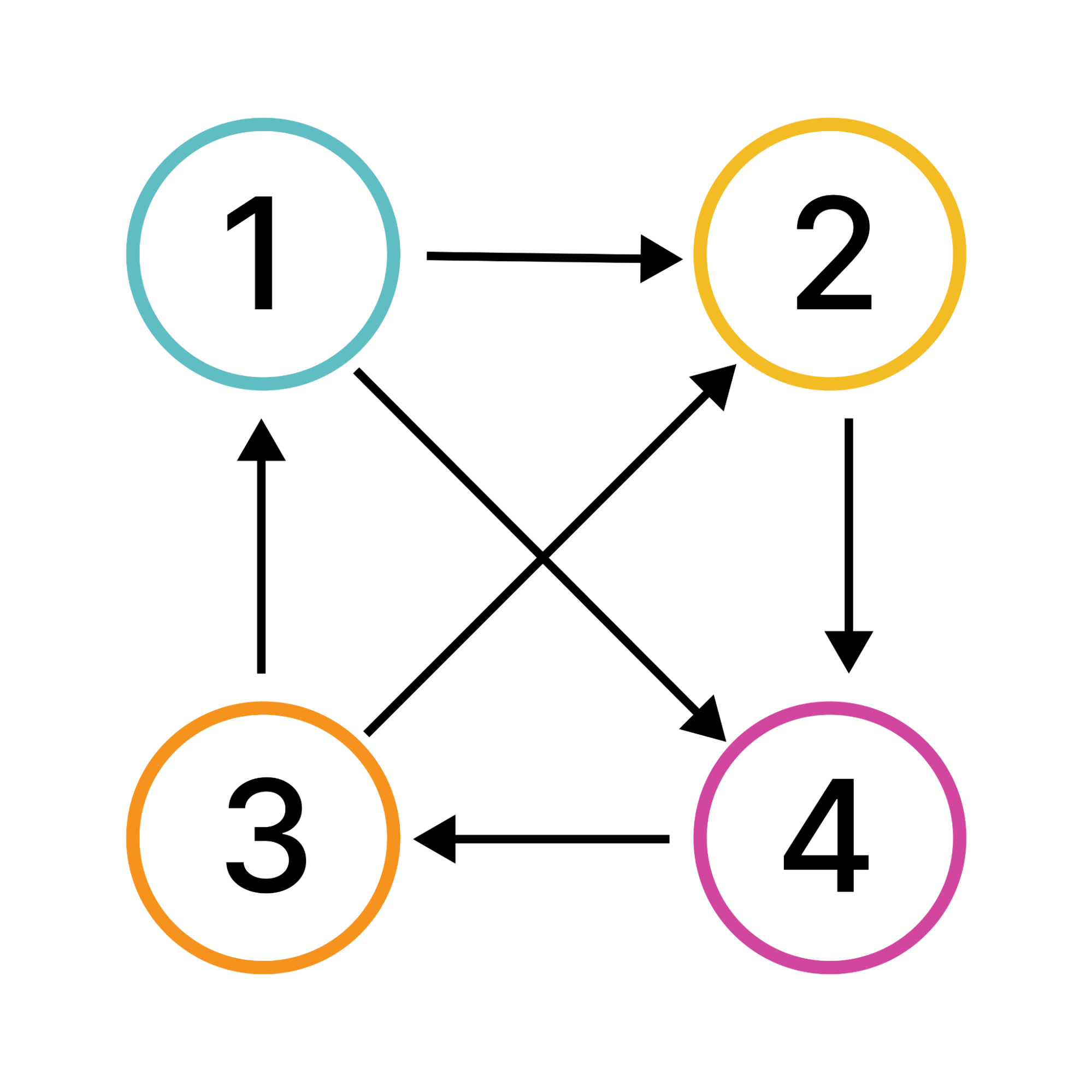
Running Continuous Geo Experiments to Assess Ad Effectiveness
September 18, 2012
Posted by Jon Vaver, Research Scientist and Lizzy Van Alstine, Marketing Manager
Quick links
Advertisers have a fundamental need to measure the effectiveness of their advertising campaigns. In a previous paper, we described the application of geo experiments to measuring the impact of advertising on consumer behavior (e.g. clicks, conversions, downloads). This method involves randomly assigning experimental units to control and test conditions and measuring the subsequent impact on consumer behavior. It is a practical way of incorporating the gold standard of randomized experiments into the analysis of marketing effectiveness. However, advertising decisions are not static, and the original method is most applicable to a one-time analysis. In a follow-up paper, we generalize the approach to accommodate periodic (ongoing) measurement of ad effectiveness.
In this expanded approach, the test and control assignments of each geographic region rotate across multiple test periods, and these rotations provide the opportunity to generate a sequence of measurements of campaign effectiveness. The data across test periods can also be pooled to create a single aggregate measurement of campaign effectiveness. These sequential and pooled measurements have smaller confidence intervals than measurements from a series of geo experiments with a single test period. Alternatively, the same confidence interval can be achieved with a reduced magnitude or duration of ad spend change, thereby lowering the cost of measurement. The net result is a better method for periodic and isolated measurement of ad effectiveness.
-
Labels:
- Economics & Electronic Commerce


